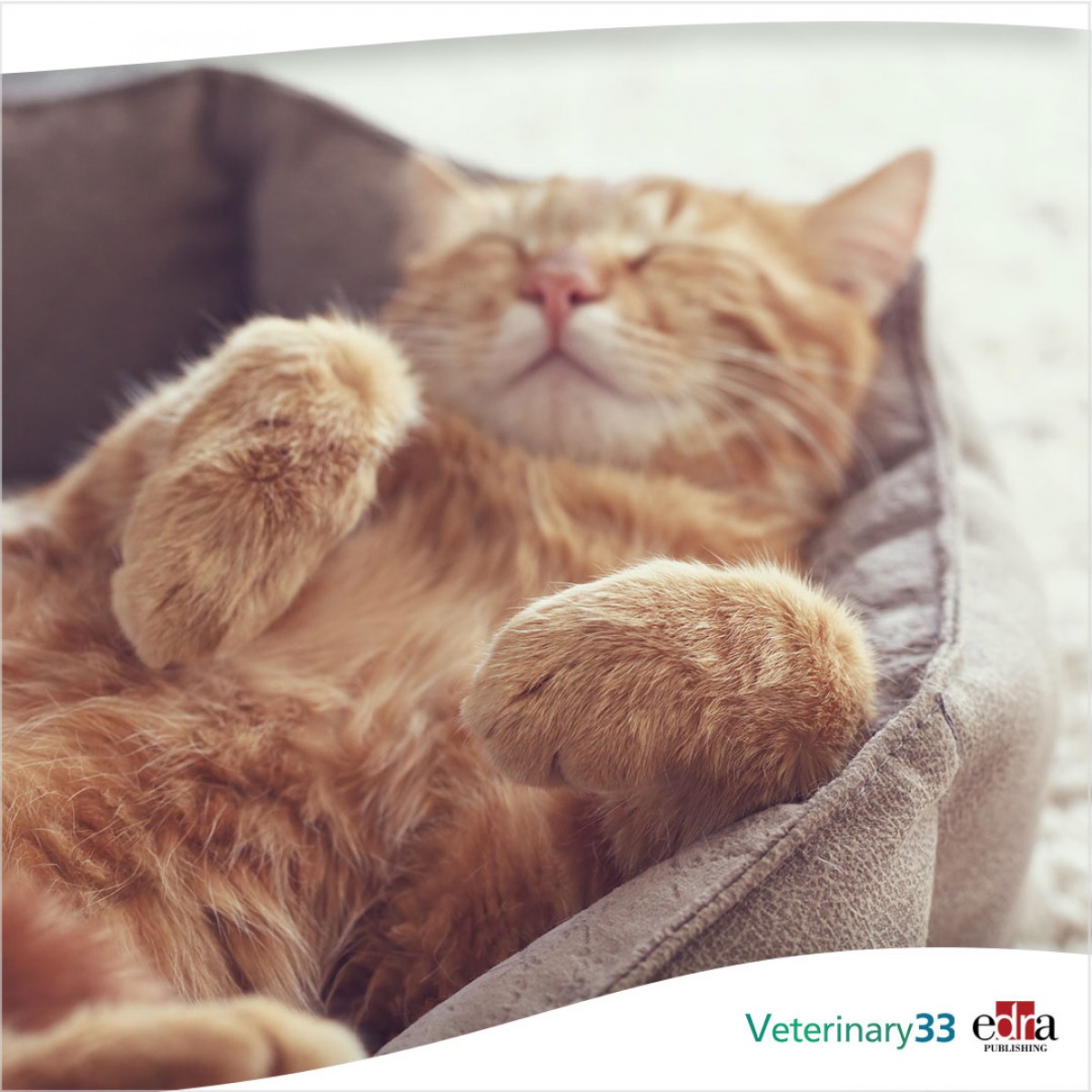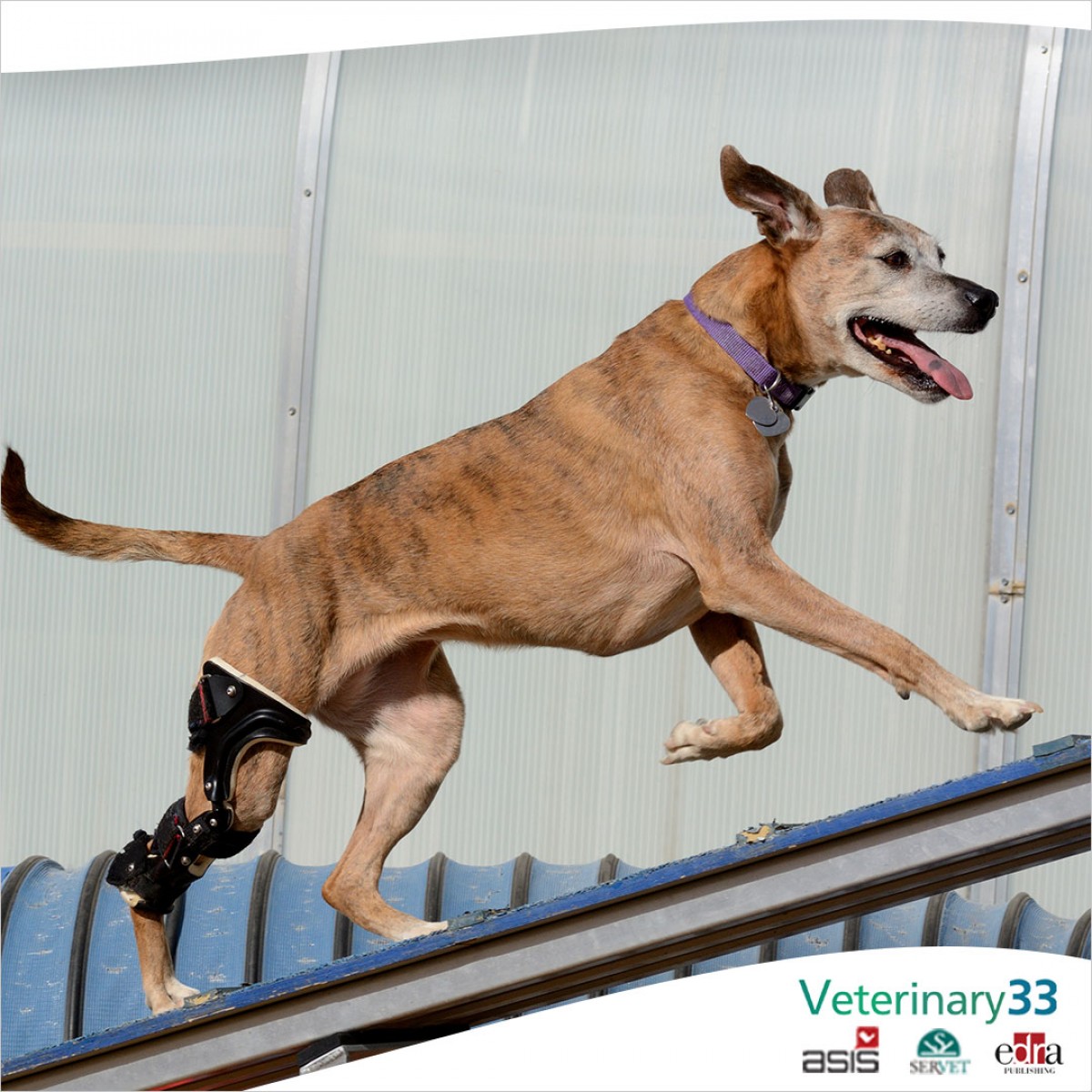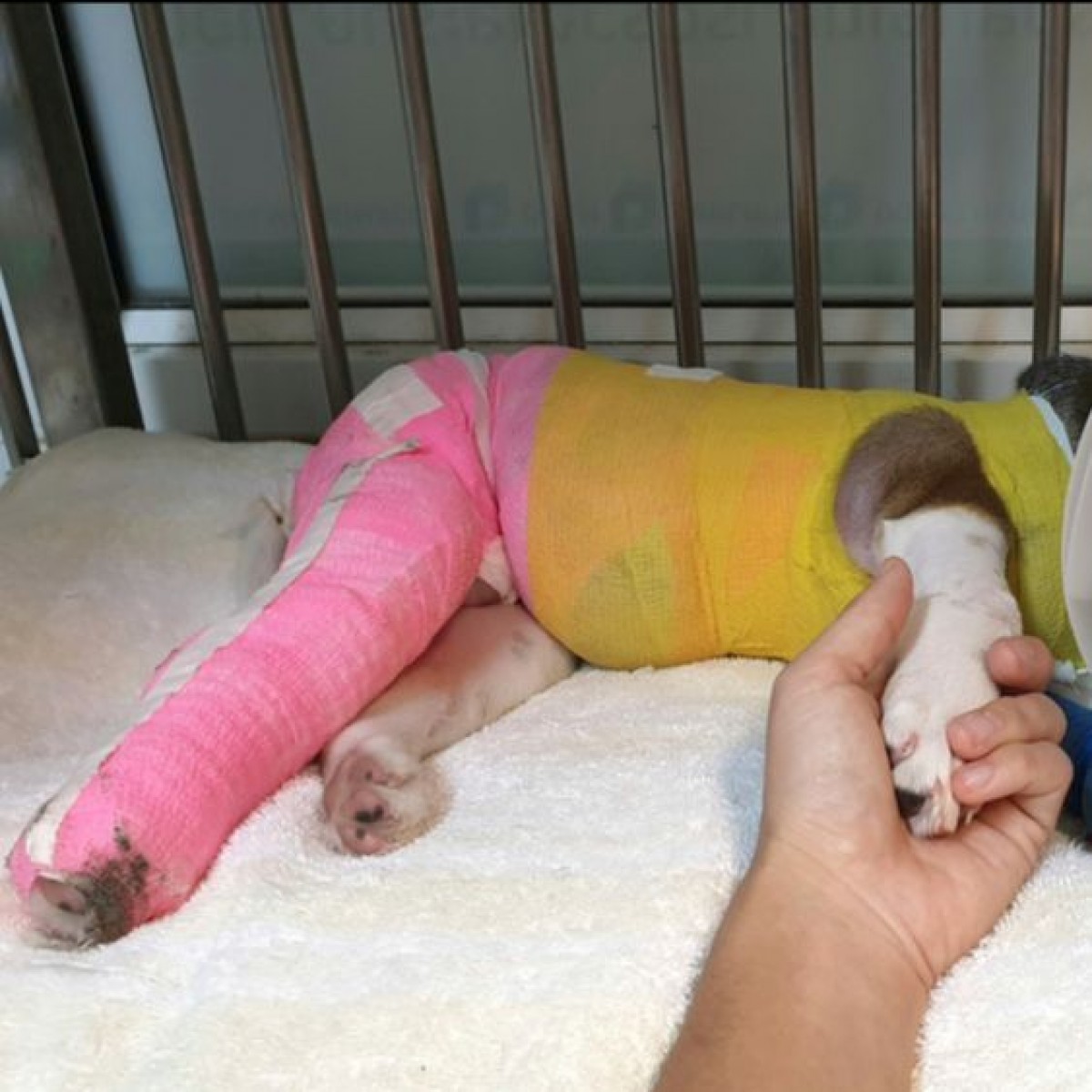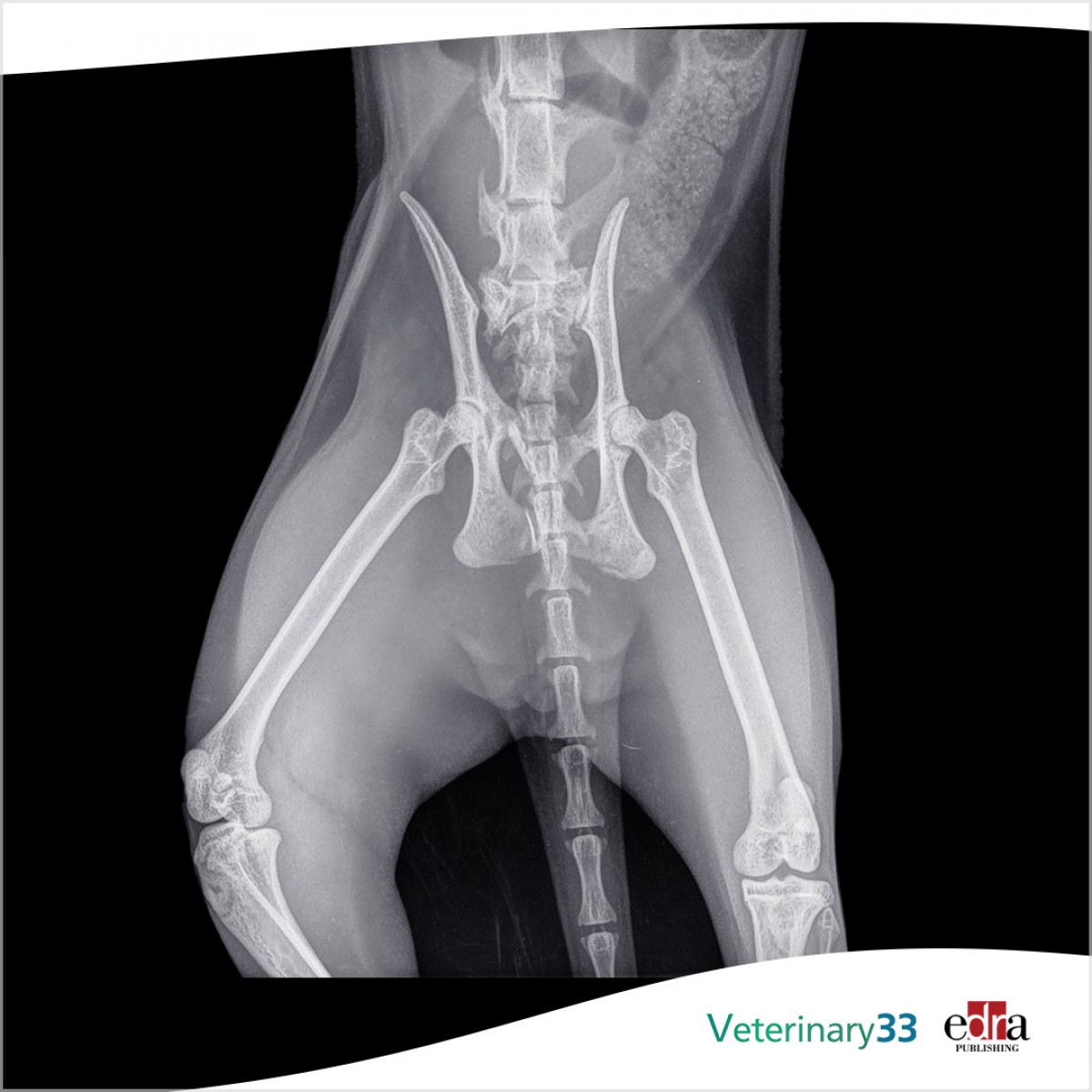Locking compression plate fixation of feline acetabular fractures
Objectives: The aim of this study was to report the use, complications and perioperative outcome of locking compression plates (LCP) for acetabular fracture fixation in feline patients.
Methods: Researchers reviewed medical records for cats presenting with acetabular fractures between 2011 and 2019. Only cases that involved open reduction and internal fixation with at least one LCP and had a minimum of five-week postoperative follow-up were included. Long-term follow-up was based on the Feline Musculoskeletal Pain Index.
Results: Fifteen cats with 15 acetabular fractures met the inclusion criteria. Locking compression plates were used as a sole method of fixation in 11 of 15 cases, while with other ancillary implants in four of 15 cases. There were two minor complications related to the LCP consisting of a single screw backing out. Two major perioperative complications not related to the locking implants were described and required further surgical treatment. At the last clinical follow-up (median 46 days), function was described as full for seven of 15 cats, and acceptable for eights of 15 cats. The Feline Musculoskeletal Pain Index questionnaire was completed by nine of 15 owners at a median of 2,332 days. All owners reported their cats had minimal impairment.
Clinical significance: Based on our results, LCP is a suitable implant for acetabular fracture fixation in cats, associated with a satisfactory outcome. Complications were similar to previously reported with other methods.
Maider Murugarren, Francesco Piana, Stephen Kalff and Miguel Solano. "Locking Compression Plate Fixation of Feline Acetabular Fractures: Application, Complications and Perioperative Outcome." Vet Comp Orthop Traumatol. 28 December 2022. DOI: 10.1055/s-0042-1750402














List
Add
Please enter a comment